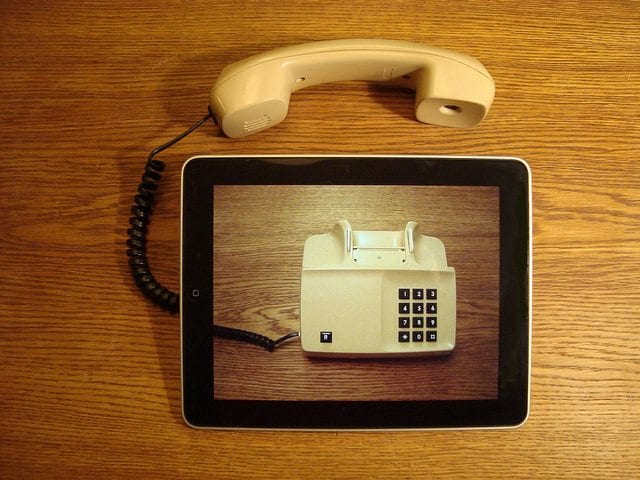Packet Loss Problems? Here’s How to Combat Them
Packet loss problems results in delays and poor-quality sound on voice calls or audio streams and jittering or pixelated frames on video feeds. It will also disrupt or delay the transfer of data files and documents, leading to corruption of information – and negative consequences for vital communications or business transactions.
All of the above may occur when moving data packets between systems within a network, between different networks, or across the public internet.
There are a number of causes and effects of packet loss. Fortunately, there are also ways of overcoming them – some of which we’ll now consider.
Ineffective Diagnosis
Packet loss occurs when data sent across a network is received incorrectly, or not at all. The speed at which a data packet travels is often known as “ping”, and depends on the route which the data has to use (including any interference or obstacles in its path), the “signal strength” with which it was sent, and the distance it has to travel between sender and receiver.
If there’s a low or interrupted ping, then packet loss is likely – but you can’t legislate for what you don’t know. Testing connections with the tools provided by a website such as Pingtest is one option for diagnosis.
Overall network performance may be tested using a service like SpeedTest.net, while factors affecting VoIP call quality may be identified using an online VoIP test.
Link Congestion
Data has to pass through multiple devices as it travels across a network. If a device is at its full data-handling capacity when a packet arrives, the packet must wait (queue) before being transmitted further. And once a network device or link exceeds its capacity to handle a queue, incoming data packets will be discarded (i.e., dropped).
Many applications can allow for this by slowing their transmission rate for subsequent packets, and/or re-transmitting the data. But for real-time conversations by phone or video, packet loss has an immediate and negative effect, heard as breaks in audio and seen as distorted pictures.
Increasing bandwidth can relieve the congestion of network links. And giving priority to real-time traffic like voice and video can help ensure transmission quality.
Internet Saturation
Having a lot of applications and services running on a single system will put pressure on its internet connection, as they all compete for bandwidth. And connections become even more saturated as the number of users in a household, work group, or company using the same pipeline increases. A congested internet connection will likely result in delays, latency, and packet losses.
Choosing an internet provider with high-speed connections and a proven and extensive infrastructure is the solution here.
Poor Device Performance
Under extreme traffic conditions, a network device (router, gateway, switch, etc.) may reach its maximum throughput, and have insufficient memory or processing power to cope with additional data. To resolve this, it may be necessary to replace the device with one having a greater capacity, or to string several devices together.
Software Glitches
Bugs and glitches in the software powering a network device may cause unexpected packet losses. So it’s important to monitor system logs and packet capture data – and to install software updates as soon as they’re available.
Faulty Cabling or Hardware
Error logs on device consoles or link interfaces may point to deteriorating cables and hardware – and subsequent data losses. Replacement or repair are the best options.
Weak Wireless Signals
Wireless internet and network connections are only as strong as their underlying signal strength. Poor signal quality increases the risk of packet loss, with signal interference degrading transmission quality.
Boosting a wireless signal (e.g. with a more powerful or omni-directional antenna) can help to remedy this.
Channel Interference
When wireless networks cluster their transmissions around a common set of frequencies (channels), interference and packet losses frequently occur.
A process of trial and error can reveal the location of an operating channel for your network that other nearby networks aren’t using.
UDP vs. TCP
VoIP communications and many corporate networks rely on the steady streaming of data to and from the internet.
Applications and systems which use UDP (User Datagram Protocol) to accomplish this may experience problems, as UDP is notoriously inconsistent and unreliable in its transfer of data packets – unlike the more secure and stable TCP (Transmission Control Protocol), which will deliver all packets in order, unless the client system disconnects.
Moreover, UDP has a tendency to drop packets when the data traffic flow is extremely high – as might be the case in a busy office phone system or video conferencing set-up. Dropped packets (as we’ve seen) lead to choppy audio quality, visual artefacts or skipped video frames, and a lot of frustration.
The upshot? Unless you’re streaming something continuous and really massive, where minor packet loss problems won’t matter (like an online gaming experience), choose TCP over UDP.





